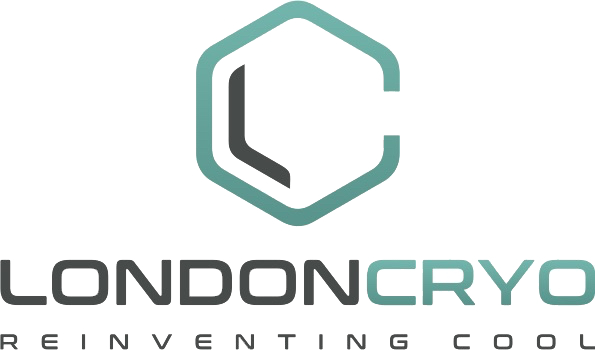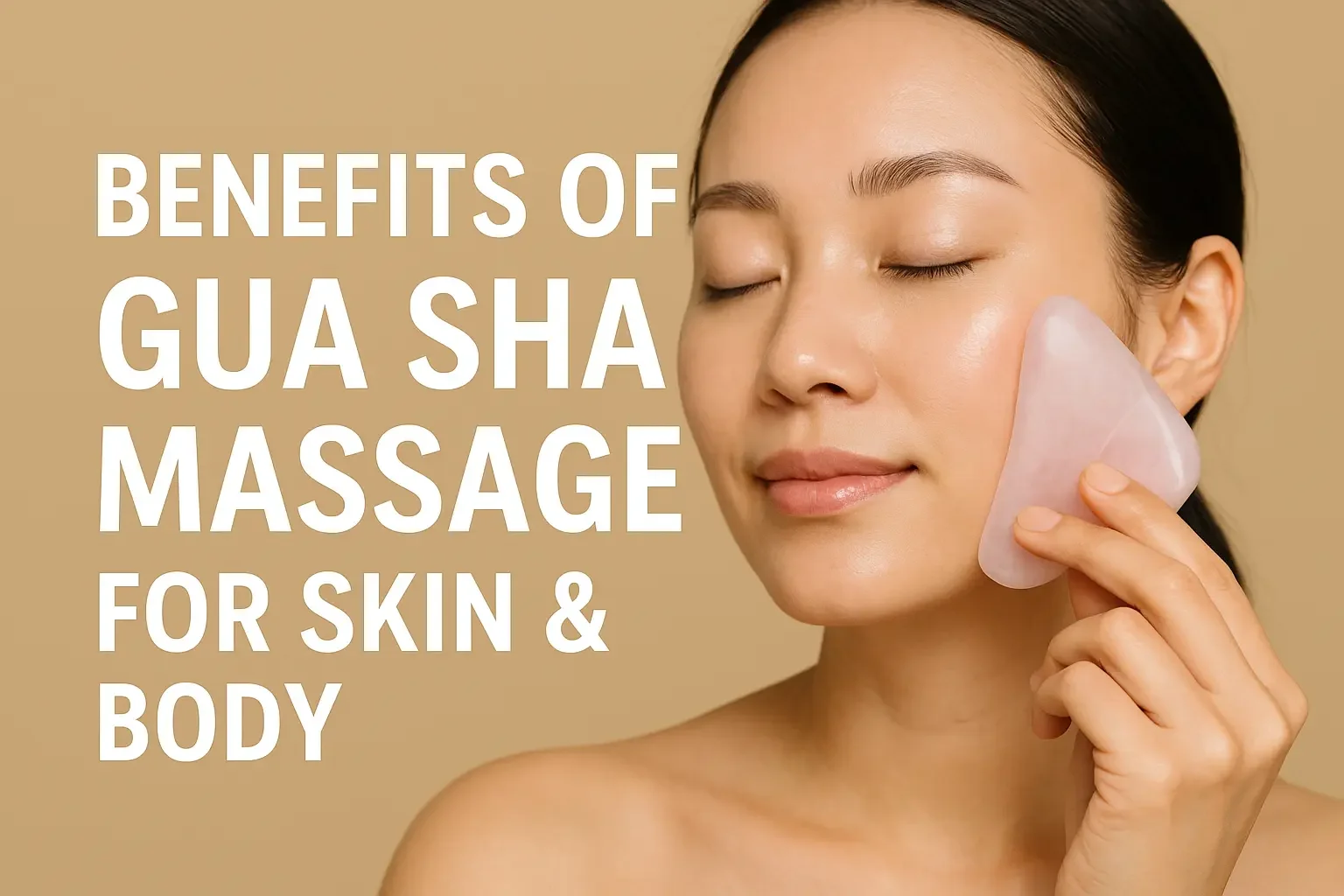Benefits of Gua Sha Massage for Your Skin and Body
Gua Sha massage has become one of the hottest trends in wellness and skincare. While it may seem new to many, this technique is actually an ancient healing practice rooted in Traditional Chinese Medicine (TCM). From improving circulation to reducing puffiness and even helping with muscle recovery, Gua Sha is more than just a beauty ritual — it’s a holistic approach to wellness.
In this article, we’ll explore the top benefits of Gua Sha massage for your skin and body, how it works, and why you might want to include it in your daily self-care routine.
What Is Gua Sha Massage?
Gua Sha (pronounced “gwa-sha”) is a therapeutic technique that involves gently scraping the skin with a smooth-edged tool, usually made of jade, rose quartz, or other healing stones.
Origins: It has been practiced for centuries in China and Southeast Asia.
Purpose: Traditionally, it was used to move stagnant energy (known as “qi”) and stimulate healing in the body.
Modern Use: Today, Gua Sha massage is commonly used for both facial rejuvenation and full-body therapy.
Top Benefits of Gua Sha Massage
1. Boosts Blood Circulation
One of the most immediate benefits of Gua Sha massage is improved blood flow. The scraping motion increases microcirculation in the skin and underlying tissues, delivering oxygen and nutrients where they are needed most.
Better circulation not only enhances skin glow but also supports faster recovery from muscle tension and soreness.
2. Reduces Puffiness and Swelling
Facial Gua Sha is especially effective at reducing puffiness around the eyes and cheeks. This happens because Gua Sha stimulates lymphatic drainage — the body’s natural detox system.
Regular practice helps:
Minimize under-eye bags.
Define the jawline and cheekbones.
Reduce water retention in the face.
3. Promotes Skin Elasticity and Anti-Aging
Gua Sha massage stimulates collagen production, which plays a vital role in keeping your skin firm and youthful. Over time, consistent practice can help reduce the appearance of fine lines and wrinkles.
By relaxing tense facial muscles, it also prevents the deepening of expression lines (like frown lines or crow’s feet).
4. Relieves Muscle Tension and Pain
When applied to the body, Gua Sha massage can relieve tension in tight muscles. It’s often used by athletes and physical therapists for:
Neck and shoulder stiffness.
Lower back pain.
Post-workout muscle recovery.
The scraping motion breaks up adhesions in the fascia (connective tissue) and encourages healing.
5. Supports Natural Detoxification
Through lymphatic drainage, Gua Sha encourages the body to eliminate toxins naturally. A healthy lymphatic system helps reduce inflammation and strengthens immunity.
This detox effect is why many people feel refreshed and revitalized after a Gua Sha session.
6. Helps With Headaches and Migraines
Gua Sha massage has been traditionally used to relieve headaches and migraines. By stimulating blood flow in the scalp, temples, and neck, it may ease tension that often causes head pain.
For those who suffer from stress-related headaches, Gua Sha can be a soothing, natural alternative to pain relief.
7. Improves Skin Texture and Glow
Facial Gua Sha brings oxygen-rich blood to the surface of the skin, giving it a healthy, radiant glow. It can also reduce dullness and uneven texture, making your skincare products more effective as they absorb better after massage.
8. Supports Emotional Well-Being
Beyond physical benefits, Gua Sha massage has a calming effect on the nervous system. The slow, rhythmic scraping motion helps reduce stress and anxiety, making it a wonderful mindfulness practice.
How to Do Gua Sha Massage at Home
If you’re new to Gua Sha, here are some simple steps:
Cleanse your skin – Start with a clean face or body.
Apply oil or serum – This reduces friction and nourishes the skin.
Hold the tool correctly – Keep it at a 30–45° angle against your skin.
Use gentle strokes – Always scrape upward or outward, never downward.
Repeat consistently – A few minutes a day is enough to see results over time.
Safety Tips for Gua Sha Massage
Always use light pressure on the face.
Avoid broken or inflamed skin.
If you have a medical condition (like clotting disorders), consult a doctor before trying.
Slight redness is normal but should fade quickly.
Frequently Asked Questions (FAQ)
1. How often should I do Gua Sha massage?
For best results, facial Gua Sha can be done 3–5 times a week. Body Gua Sha may be done as needed for pain relief or relaxation.
2. Can Gua Sha massage replace professional skincare treatments?
No, it’s not a substitute for medical or cosmetic treatments, but it can be an excellent complementary practice for healthier skin and relaxation.
3. Is Gua Sha massage painful?
Facial Gua Sha should never be painful. Body Gua Sha may leave slight redness (known as “sha”), but this is temporary and part of the healing process.
4. What is the best tool for Gua Sha massage?
Jade and rose quartz are popular choices, but any smooth-edged tool designed for Gua Sha can work. Choose one that feels comfortable in your hand.
5. Can Gua Sha help with acne?
Indirectly, yes. By improving circulation and reducing inflammation, it may support clearer skin, but it should not be used directly on active breakouts.
Final Thoughts
The benefits of Gua Sha massage for your skin and body go beyond beauty trends. This ancient practice enhances circulation, reduces puffiness, relieves muscle pain, and promotes overall well-being. Whether you’re looking for glowing skin, natural stress relief, or muscle recovery, Gua Sha offers a holistic approach to health and self-care.

